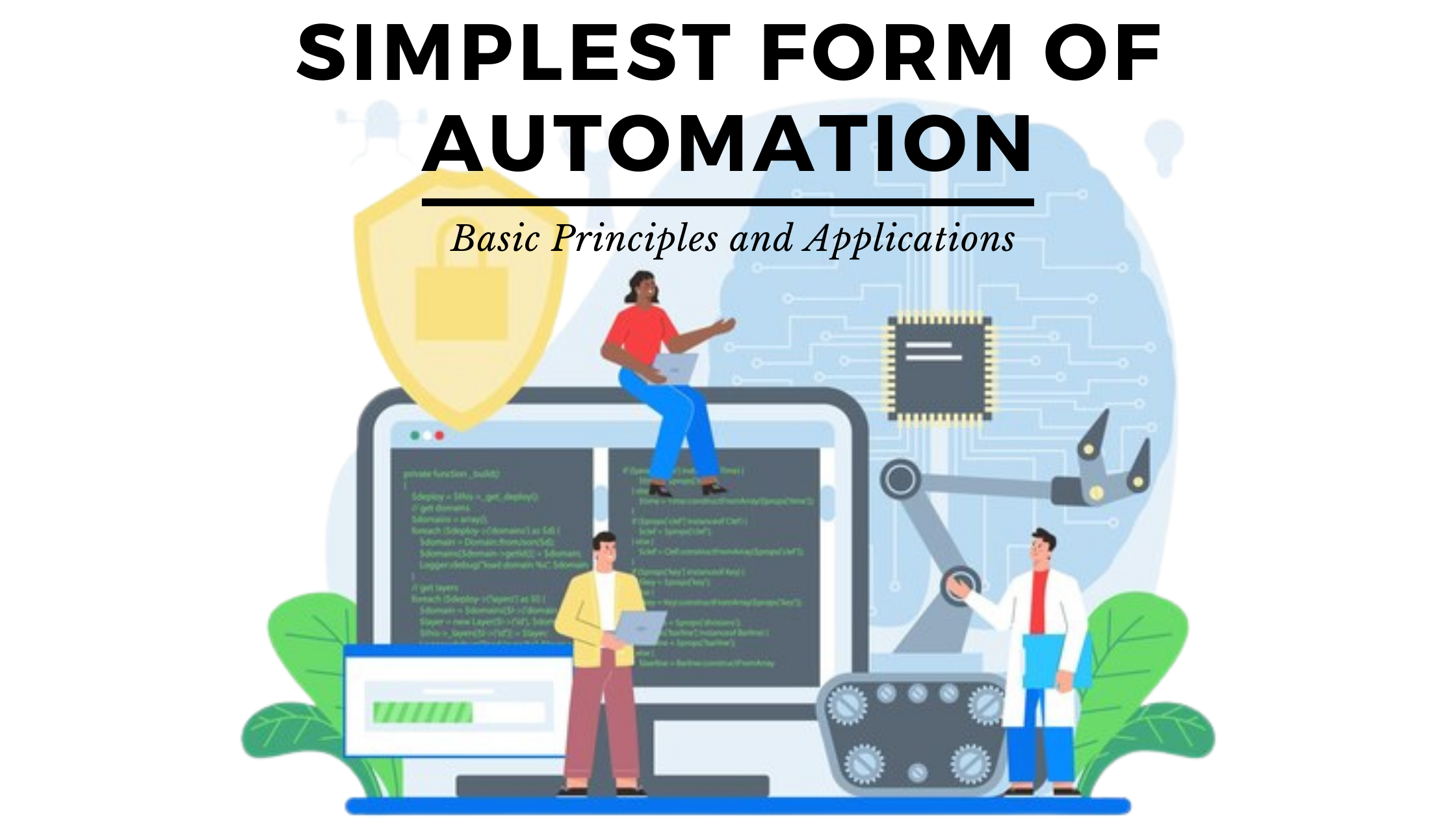Simplest Form of Automation: Basic Principles and Applications
-


Simplest Form of Automation: Basic Principles and Applications
Automation is the use of technology to perform tasks without human intervention. In the world of Software as a Service (SaaS), automation is a key component that drives efficiency, reduces manual effort, and enhances customer experience. This article will explore the basic principles of automation and its applications in various SaaS products.
Basic Principles of Automation
- Simplification: Automation aims to simplify complex tasks by breaking them down into manageable parts. This reduces the cognitive load on users and allows them to focus on more strategic tasks.
- Efficiency: By automating repetitive tasks, companies can save time and resources. This leads to increased productivity and efficiency.
- Accuracy: Automation reduces the risk of human error. By eliminating manual data entry and processing, companies can ensure higher accuracy in their operations.
- Scalability: Automation allows companies to easily scale their operations. As the business grows, automation tools can handle increased workload without the need for additional resources.
Applications of Automation in SaaS Products
Here are some SaaS products that effectively utilize automation:
- Trello1: Trello is a project management tool that uses automation to streamline workflow. Users can automate tasks such as moving cards between lists, assigning tasks to team members, and setting due dates.
- HubSpot2: HubSpot offers a suite of marketing, sales, and service software that helps businesses grow. It uses automation to manage customer relationships, track interactions, and personalize marketing campaigns.
- Salesforce3: Salesforce is a customer relationship management solution that uses automation to manage sales processes, track customer interactions, and generate insights.
- Pipedrive4: Pipedrive is a sales management tool designed to help small sales teams manage intricate or lengthy sales processes. It uses automation to track deals and activities, providing sales teams with a clear overview of their pipeline.
- LinkedIn Sales Navigator5: LinkedIn Sales Navigator uses automation to provide advanced lead and company search, allowing sales teams to identify and hone in on the right leads and accounts with precision.
- UserGems6: UserGems helps companies track their customers’ job changes, allowing them to re-engage with past customers who are in new roles. It uses automation to monitor these changes and trigger relevant actions.
Conclusion
Automation is a powerful tool that can transform the way businesses operate. By automating repetitive tasks, companies can focus on strategic initiatives, improve efficiency, and enhance customer experience. The SaaS products mentioned above are excellent examples of how automation can be effectively utilized to drive business growth.





